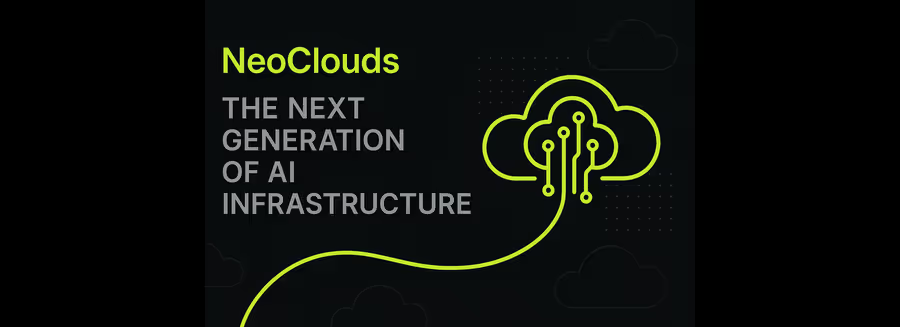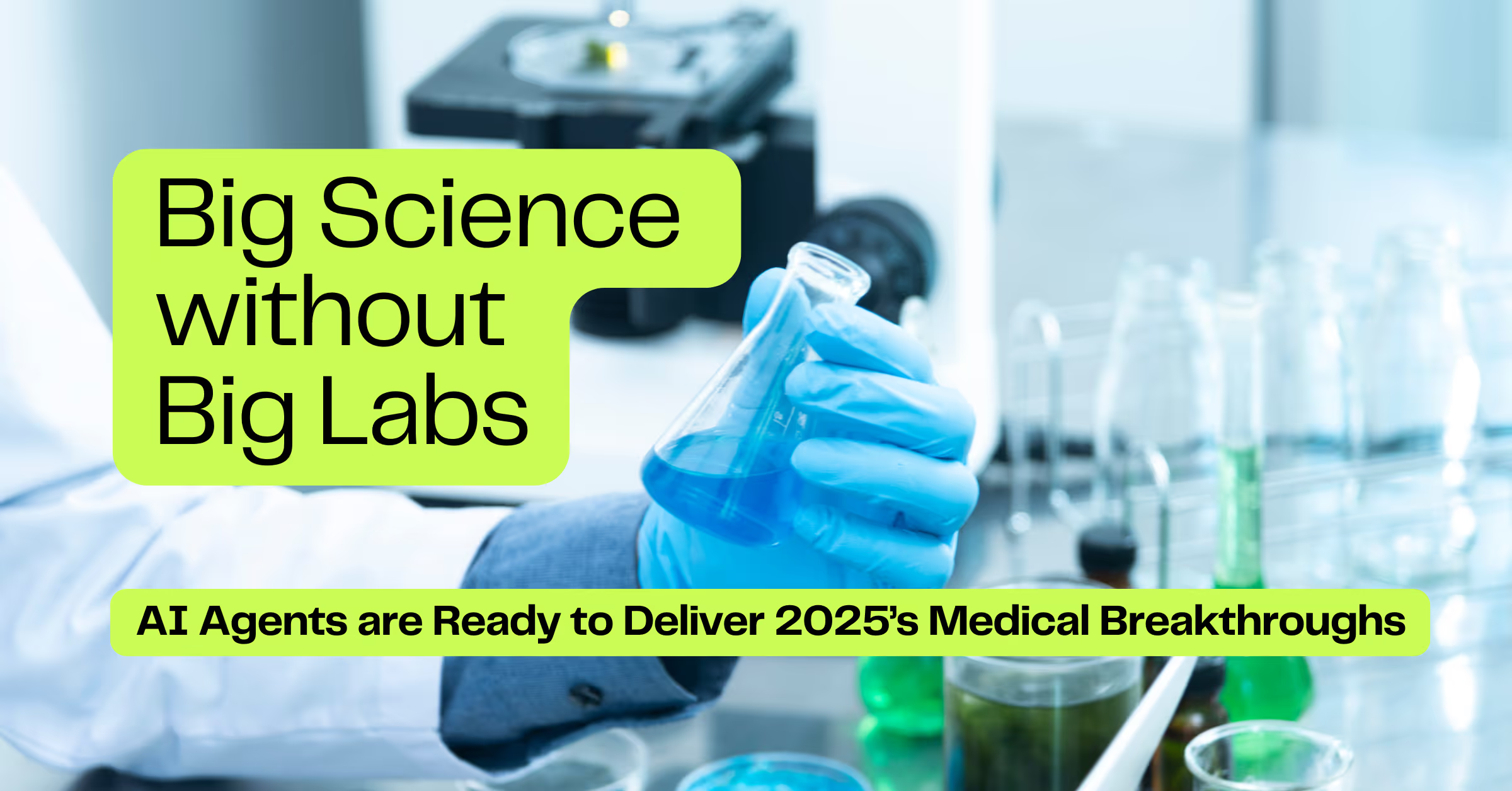What is AI infrastructure? How to start building modern AI systems

Globally, AI-driven infrastructure is in a period of explosive growth. By one estimate, the market is projected to grow more than 29% between 2024 and 2032, with an expected valuation of $356.14 billion. A technological shift of this size already has 70% of companies rearranging their budgets to afford the expense of implementing more AI initiatives.
But how does an enterprise begin to build AI infra? And what, exactly, does it look like? This article explores what artificial intelligence infrastructure is, the core components, benefits and challenges of building this infrastructure and a baseline of different deployment options.
What is AI infrastructure?
Artificial intelligence infrastructure is the foundation of every high-performing machine learning system. This foundation includes compute hardware, storage, networking, and the frameworks and tools that support the full AI development lifecycle. The right infrastructure helps teams train models faster, manage larger datasets, and deploy production-ready systems at scale.
What does infrastructure for AI include?
The infrastructure for AI must support the high compute demands of machine learning with:
- Storage that can keep up with throughput loads
- Software that supports experimentation and model training
- A software layer that supports the demands of compute repetition
- Software that can scale
While quickly becoming a business necessity much like basic utilities, the infrastructure for artificial intelligence is complex to build, especially from scratch.
Microsoft’s State of AI Infrastructure reports 38% of enterprises are in the early stages of AI adoption and just 15% of organizations self-reported being in the final stage with full implementation and optimization.
What are core components of AI infrastructure?
All AI infra models contain the same core components:
- Compute resources
- Data storage and management
- Networking and connectivity
- Frameworks and tools
Compute resources
Modern AI systems depend on Graphics Processing Units (GPUs) and specialized hardware like Tensor Processing Units (TPUs) for training and inference. Unlike Central Processing Units (CPUs), GPUs are optimized for parallel processing, making them ideal for deep learning workloads that involve large matrix operations.
Cloud providers such as AWS, Azure, and Google Cloud have made it easier to access these resources on demand. Teams can scale compute capacity based on need, without upfront investment in on-prem systems.
Training large models requires clusters of GPUs working in parallel. Inference, on the other hand, may run efficiently on more cost-effective hardware. Choosing the right compute setup is a key part of performance and cost optimization.
Data storage and management
Training a model means moving massive datasets efficiently between storage and compute. That requires high-performance storage systems that can serve structured and unstructured data at speed.
Distributed file systems, data lakes, and processing frameworks like Apache Spark and Hadoop are common in modern AI stacks. These systems support fast data access, preprocessing, and augmentation across multiple training jobs.
Security and compliance matter here, too. Encryption, access controls, and audit logging are essential when working with sensitive datasets.
Networking and connectivity
Distributed training jobs depend on fast, low-latency connections between compute nodes. AI infrastructure often includes high-speed Ethernet or InfiniBand networking to minimize bottlenecks and keep jobs running smoothly.
Edge computing is also part of the picture. Running AI closer to where data is generated can reduce latency and bandwidth needs. Hybrid infrastructure that combines on-prem and cloud components offers flexibility for organizations with specific performance, cost, or compliance needs.
Frameworks and tools
Machine learning frameworks like TensorFlow and PyTorch are essential parts of an AI foundation. They abstract away hardware complexity and make it easier to design, train, and deploy models.
MLOps platforms help automate key parts of the AI lifecycle, from tracking experiments to managing deployments. Tools like Kubernetes support scalable, containerized workflows across development and production.
The software layer should be modular, interoperable, and built with collaboration in mind. That means shared environments, reproducible pipelines, and integrations that reduce friction across teams.
What are the benefits of strong infrastructure?
A strong infrastructure includes the following benefits:
- Faster development cycles
- Real-time inference
- Scalability without redesign
- Improved collaboration
- Cost efficiency
- Solving common challenges quickly
Faster development cycles
Purpose-built infrastructure reduces training times and speeds up experimentation. This enables faster iteration on model design, hyperparameter tuning, and deployment readiness.
Real-time inference
Artificial intelligence infrastructure optimized for throughput enables real-time model responses. This supports applications like autonomous vehicles, fraud detection, and industrial monitoring that require immediate insights.
Scalability without redesign
Cloud-native infrastructure can grow with your data and model complexity. That means you can scale from a prototype to full production without rebuilding your systems from scratch.
Improved collaboration
Shared environments and versioned workflows help teams move faster. Centralized infrastructure supports reproducibility and simplifies onboarding.
Cost efficiency
Optimized compute utilization and elastic scaling help avoid resource waste. Cloud pricing models allow teams to pay for what they use, and automation tools reduce management overhead.
Solving common challenges
In the Microsoft report, 39% of leaders ranked having a talent gap in regards to AI experience as one of their top tech challenges. Here are four other common challenges that bridge the man and machine components of building new infrastructure.
- Data silos: Unified data platforms and shared pipelines reduce friction between departments and allow for richer training datasets.
- Skills gaps: Managing AI infrastructure requires specialized knowledge. Internal training, managed services, and hiring experienced engineers can help bridge this gap.
- Legacy integration: AI systems often need to connect with existing enterprise tools. Phased rollouts and strong API strategies help manage complexity.
- Cost overruns: Monitoring tools, auto-scaling, and usage reviews help teams stay within budget while still accessing powerful resources.
How to build an AI infrastructure strategy
Alignment on which deployment model is best suited to your use case is the best place to start when it comes to building a new infrastructure strategy. For example, who are you trying to build for? Do you want to automate? Do you need AI to help make sense of massive amounts of data?
After determining your most viable use case, determine which deployment model makes the most sense:
- Cloud: Fast to scale, pay-as-you-go, and easy to manage. Great for startups and research teams. Options include hyperscalers such as AWS and Microsoft, or neoclouds like Nebius, Voltage Park and Lambda.
- On-prem: Useful for industries with strict compliance or ultra-low-latency needs. Requires more upfront investment.
- Hybrid: Combines cloud flexibility with on-prem control. Ideal for sensitive workloads or performance tuning.
Get consensus on which deployment strategy will work best for your business then align on technical decisions using this framework:
- Assess: What infrastructure do you already have? What are your data volumes and latency needs?
- Select: Choose compute, storage, and frameworks that match your use cases. Consider team expertise and integration needs.
- Secure: Bake in encryption, access controls, and compliance from day one. Don't bolt it on later.
- Test and iterate: Start with a pilot. Learn what works. Scale based on results.
Voltage Park can help
Whether you're experimenting with a new model or deploying production-grade systems, AI infrastructure built on the power of our owned NVIDIA H100 GPUs gives you freedom to scale up or down while controlling your spend with our no hidden fees policy and contract-free deployments.
Why not try Voltage Park today?
%201.avif)


